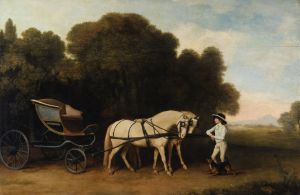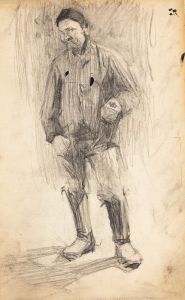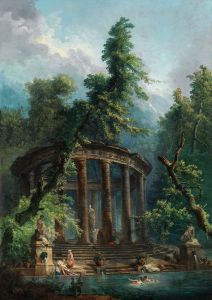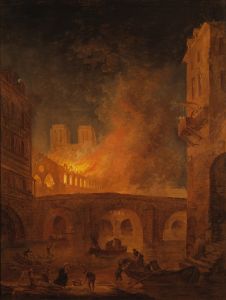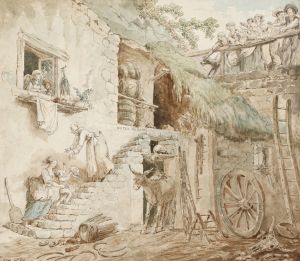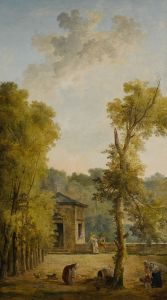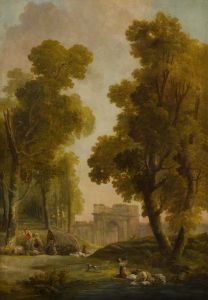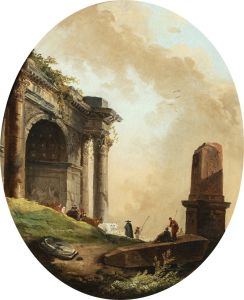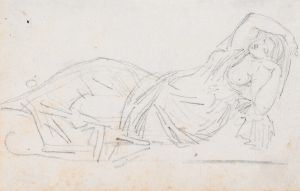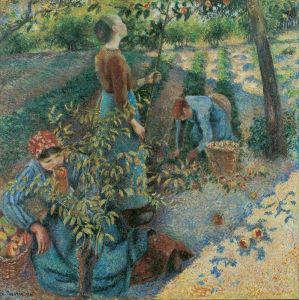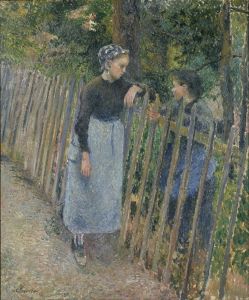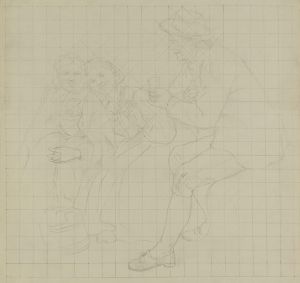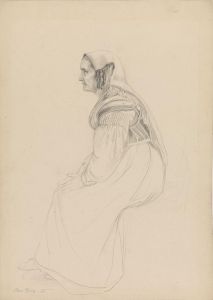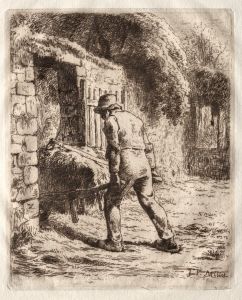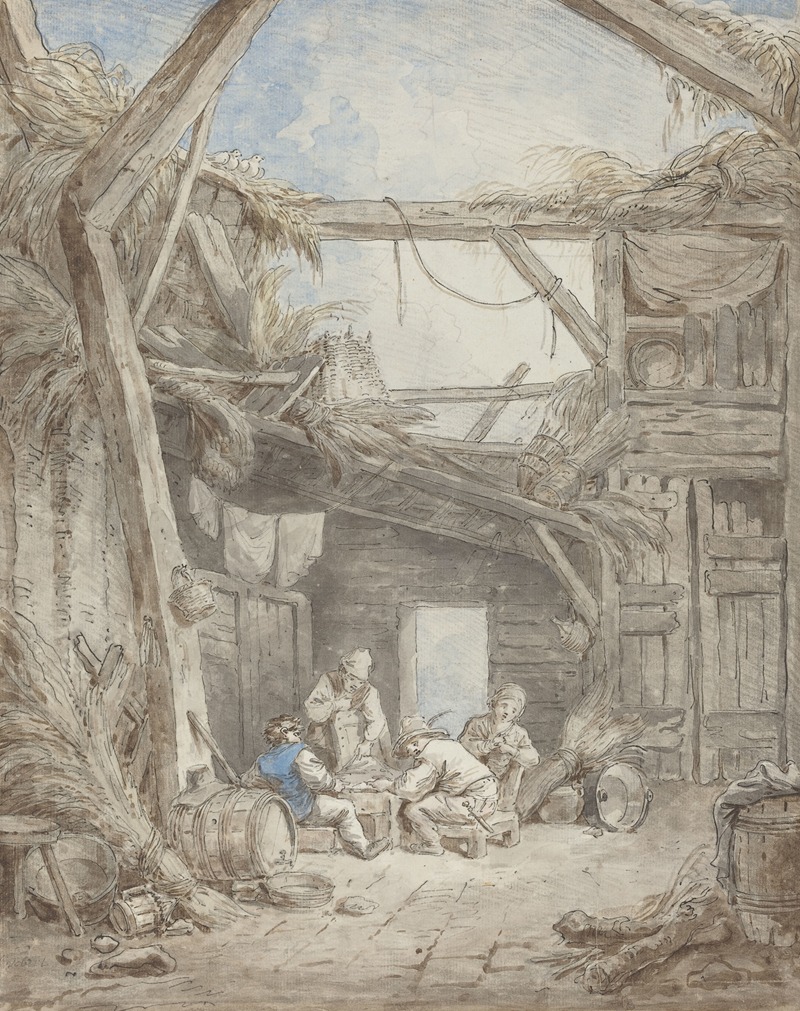
Ruined Farm
A hand-painted replica of Hubert Robert’s masterpiece Ruined Farm, meticulously crafted by professional artists to capture the true essence of the original. Each piece is created with museum-quality canvas and rare mineral pigments, carefully painted by experienced artists with delicate brushstrokes and rich, layered colors to perfectly recreate the texture of the original artwork. Unlike machine-printed reproductions, this hand-painted version brings the painting to life, infused with the artist’s emotions and skill in every stroke. Whether for personal collection or home decoration, it instantly elevates the artistic atmosphere of any space.
"Ruined Farm" is a painting by the French artist Hubert Robert, who is renowned for his landscapes and depictions of architectural ruins. Born in 1733, Robert became one of the most celebrated painters of his time, earning the nickname "Robert des Ruines" due to his fascination with depicting ruins. His works often blend elements of the real and the imagined, creating evocative scenes that capture the passage of time and the beauty of decay.
"Ruined Farm" exemplifies Robert's skill in portraying architectural decay within a pastoral setting. The painting is characterized by its detailed depiction of a dilapidated farm structure, surrounded by lush vegetation and a serene landscape. The juxtaposition of the crumbling architecture with the thriving natural environment is a recurring theme in Robert's work, reflecting the Romantic era's interest in the sublime and the transient nature of human creations.
Robert's technique in "Ruined Farm" showcases his mastery of light and shadow, as well as his ability to render textures with precision. The play of light across the ruins and the surrounding landscape adds depth and dimension to the scene, inviting viewers to explore the intricate details of the composition. The use of warm earth tones and soft brushwork further enhances the painting's atmospheric quality, creating a sense of nostalgia and tranquility.
The painting is also notable for its composition, which guides the viewer's eye through the scene. The ruins are positioned prominently in the foreground, drawing immediate attention, while the landscape stretches into the distance, suggesting a continuity between the past and the present. This compositional technique is typical of Robert's work, as he often sought to create a dialogue between man-made structures and the natural world.
Hubert Robert's interest in ruins was influenced by his time in Italy, where he studied from 1754 to 1765. During this period, he was exposed to the ancient ruins of Rome and the surrounding countryside, which left a lasting impression on his artistic vision. Upon returning to France, Robert continued to explore themes of decay and renewal, producing numerous works that celebrated the beauty of ruins.
"Ruined Farm" is part of a larger body of work that reflects Robert's fascination with the passage of time and the interplay between nature and architecture. His paintings often evoke a sense of romantic nostalgia, inviting viewers to contemplate the impermanence of human achievements and the enduring power of nature.
Today, Hubert Robert's works, including "Ruined Farm," are held in high regard for their artistic merit and historical significance. They offer valuable insights into the cultural and aesthetic values of the 18th century, as well as the enduring appeal of ruins as a subject in art. Robert's ability to capture the beauty and melancholy of decay continues to resonate with audiences, making his paintings timeless expressions of the human experience.





